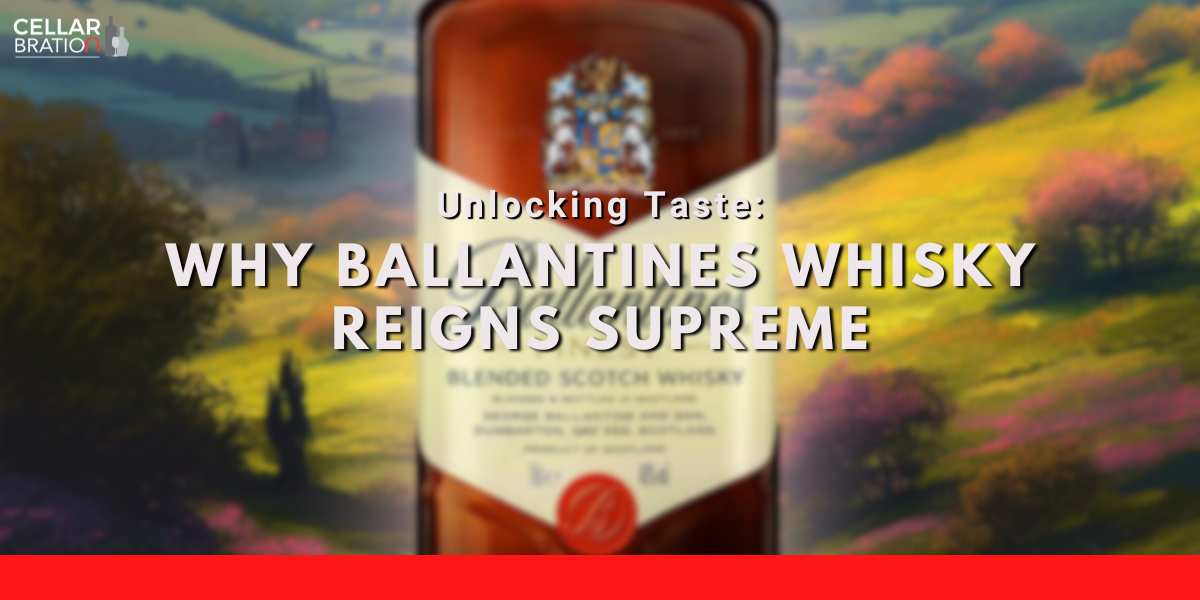
The world of "aqua vitae", or the "Water of Life '' - Whisky, is built on legacy. Scottish distilleries tout over 300 years of histories with the earliest distillery dating back to 1690. It is no surprise that legacy and more specifically age is commonly used to identify a whisky's quality. There is also a prevailing idea that when it comes to price, it is “normal” to pay more for older whiskies.
As the whisky/whiskey world evolves and expands, we now have bottles produced from new and unexpected countries. Multiple distilleries from around the world are arguing that when it comes to the quality of whiskies/whiskeys, it isn't so much about how long the whiskey ages but where and how the bottle is produced.
With the myriad of techniques and processes proliferating amongst consumers, the whisky/whiskey age statement is slowly losing its credibility as a quality indicator. So to those of us who are still allowing the age of a bottle to justify quality and purchase price, it is high time we bear the knowledge and make our quality stance when purchasing the golden liquid. Remember, old does not always mean gold.
Whisky/Whiskey Aging 101
Before diving into the complexities of whisky aging and the role of techniques in determining a bottle’s quality, here is a primer.
Mandated Age Required for Whisky/Whiskey Varietals
Most whiskeys are required to age in wooden barrels for a minimum amount of time but most distilleries choose to exceed mandated time frames to achieve the taste profile they want to develop.
Two Year Bottle
The mandate for Japanese whiskeys and ryes sits at two years
Three Year Bottle
Scotch, Irish and Canadian varieties are required to age for minimally three years
Bourbon the Outlier
Bourbon is an outlier with no need for minimum age as long as it is matured in charred, new oak barrels.
Angel’s Share
The concentration of flavour in a whiskey, is determined by the duration a spirit spends in a wooden barrel. The longer the time spent in a barrel, the more flavour compounds the spirit feeds on from the barrel. However due to the porousness of wooden barrels, the concentration process also meant that the longer the time spent in a barrel the more volume of spirit would be evaporated. The loss of spirit is known as the angel's share.
Age vs Maturity
While age usually indicates a certain level of maturity, maturity does not define an age. Our youth continue to flee with each passing day. Yet maturity only happens when we truly go through change and character development. In parallel, saying that a bottle is ageing only means that the bottle is getting older. But saying that a bottle is mature means that it has undergone change and development over time.
How Does Whisky/Whiskey Mature?
Spirit matures when it goes through the concentration process in a wooden barrel. 50 - 80% of a whisky/whiskey flavour and its natural colouring comes from the barrel used for maturing it. While natural infusion takes time, it wouldn't be for a prolonged period. Infusing whisky/whiskey for too long would cause the bitter and astringent oak tannins to overpower the delicate flavours. Similar to putting lemons into our drinking water. Infuse the lemons for too long, and the water would turn bitter.
Whisky/Whiskey Finish
Whiskey/whiskey are often “finished” in a second cask. The matured spirit is poured into a different cask - one that previously held either wine or bourbon. Finishing allows the spirit to feed on the flavours of the wine or bourbon for a short period of between six months to two years. The result is a bottle with hints of either wine or bourbon.
Sherry, Port, Madeira barrels
Sherry, Port or Madeira are quite popular wine choices for finishing a bottle. They impart sweet, fruity notes and accentuate the vanilla spice flavour from the oak wood to the final whisky/whiskey.
Bourbon Barrels
Similar to wine barrels, bourbon also imparts sweet flavours but with more caramel smoothness to it. Bourbon barrels are slightly charred to bring out the thick syrupy flavours from oak wood and a nice smoky flavour to the final bottle.
Whisky/Whiskey Kung-fu
There is more to share in the realm of whisky/whiskey techniques. However, it should be clear by now that unless a spirit's potential is tapped into, an “old” spirit does not count for a mature bottle. Skills and time spent in maturing a bottle is the defining moment for a whiskey’s potential. As such, we should be valuing the art form behind whisky/whiskey making or a better term for this notion, the whisky/whiskey kung-fu - A Chinese term made up of two characters: “Kung'' means skilful work and “fu’ means time spent.
Vessel Variations and Flavours
Vessels are the bedrock for maturing whisky/whiskey. Spirits can be aged for more than fifty years. So casks need to be reliable.
New vs Old Barrels
A typical cask can be reused up to eight times before they are deemed as futile.
New Barrels
New barrels have a higher concentration of flavouring solids and therefore require lesser time to develop a rich and woody flavour bourbon or whisky/whiskey that distillers are after.
Old Barrels
Used barrels inevitably have less flavouring capacity compared to new barrels. Scotch distillers describe it as “losing its virtue”. Spirits produced using old barrels are also shy in consistency compared to new barrels.
Types of Oaks
White Oak - Quercus Alba
White oak dominates the whisky/whiskey industry due to its abundance. It is a de facto choice for distillers and it is known for its sweet vanilla flavour profile.
European Oak - Quercus Robur
European oaks are slower growing species compared to white oaks. It is prominently used in Spain's sherry industry and commonly used to finish scotch whisky. It is known for imparting spiciness and dried fruits flavour.
Oregon Oak - Quercus Garryana
Oregon oaks contain higher tannins than white oaks and thus require a prolonged seasoning period to reduce the bitter and astringent qualities. Its flavour compounds are similar to white oak but darker. Instead of caramel and baking spice, Oregon oaks flavour profile skews molasses and heavy cloves. It also has a fruity barbecue sauce feel to it.
Mizunara Oak - Quercus Mongolica

Mizunara oak is the world’s most elusive oak due to the period it takes to grow the tree for cask making - about 200 - 500 years. Beyond the centuries it takes to grow a Mizunara tree, Mizunara oaks are porous and most are not suitable for cask making.
Given its rarity, Mizunara oak has become the emblem of Japanese whisky; prized for its flavour notes of sandalwood, spice, incense and a long spicy finish. Without Mizunara, Hibiki wouldn’t be Hibiki and Yamazaki 12 wouldn't have its distinctive oriental aroma.
Complex Climate, Complex Whisky/Whiskey
Maturation is also highly dependent on the location of the barrels. The more volatile a climate is, the more complex a whiskey would turn out to be.
Cycles - High and Low Interactions
In warm climates, the pores of the wooden casks expand and allow for high interaction between spirit and wood. Conversely, wooden pores contract in a cold climate, slowing down interactions. The high and low interactions caused by climate conditions are called cycles. The more cycles a spirit goes through in a barrel, the more complex the bottle will be.
The Appeal of Non Age Statement (NAS) Whisky/Whiskey
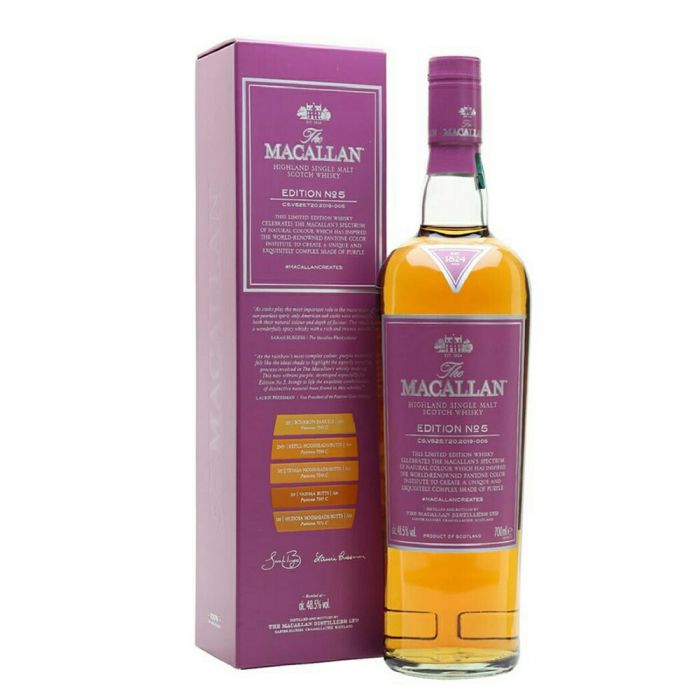
If you’re still not convinced that old does not mean gold, let the trend show you. In recent years, producers from non-Scottish/Irish countries, such as Japan, India, have each released award-winning, critically acclaimed bottles, all without an age statement. Even in Scotland, the notable Macallan have added equally priced NAS bottles to their lineups such as the Macallan Edition no 4 and Macallan Edition No 5.
Japan
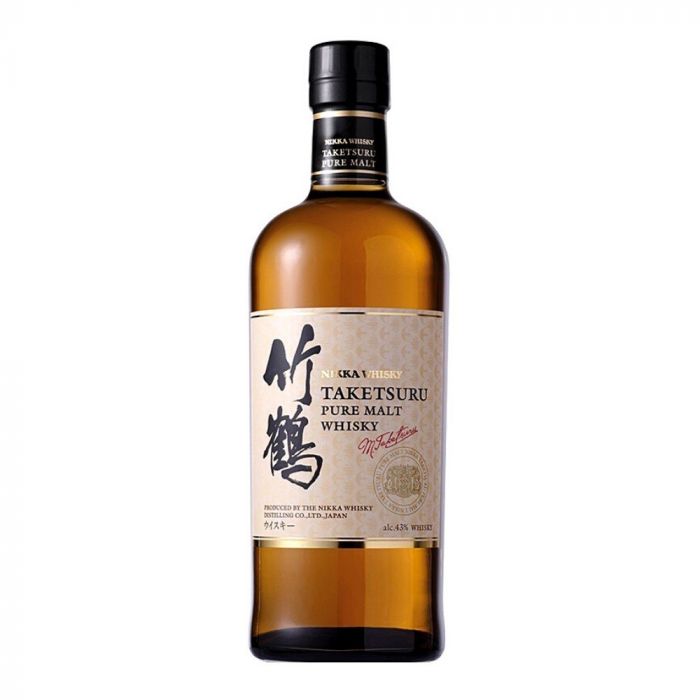
Nikka Taketsuru Pure Malt has won the title of 2019 world whisky winner.
India
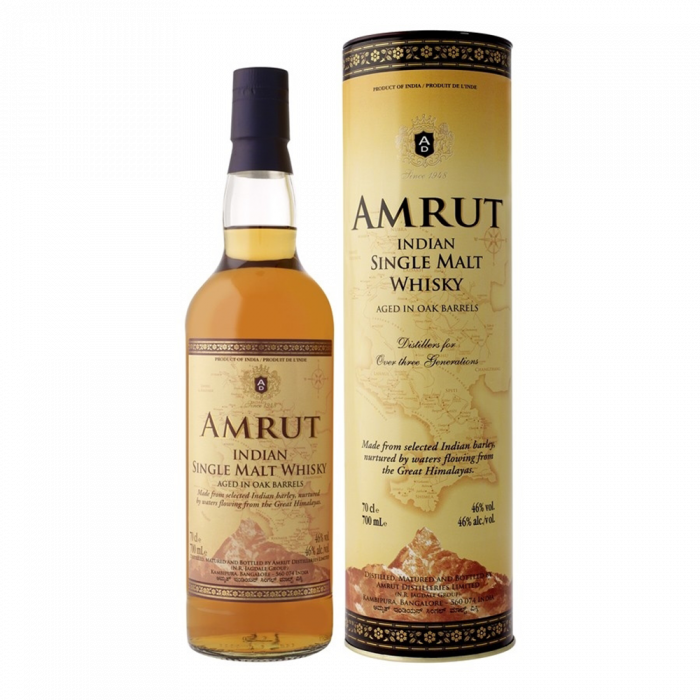
Amrut Fusion Single Malt bagged a gold medal and was crowned whiskey of the year in 2019.
Taiwan
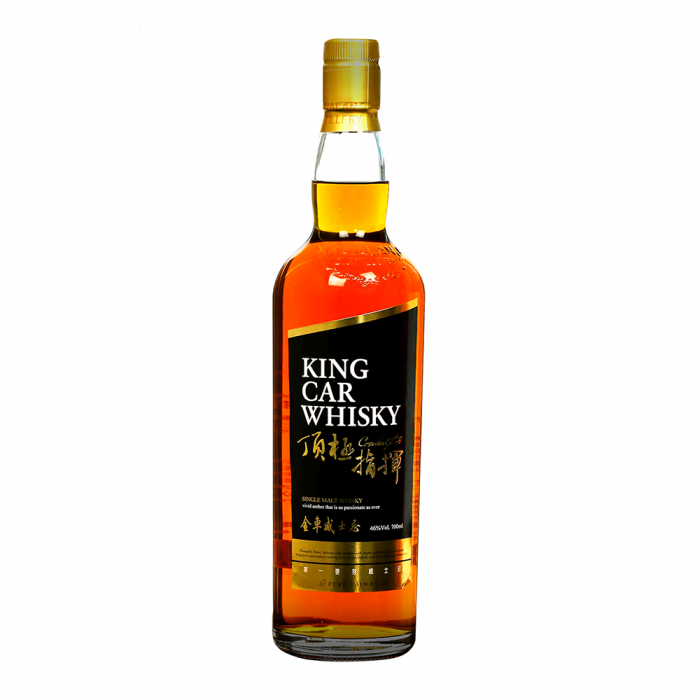
Kavalan King Car Single Malt has been named the Tokyo whiskey and spirits and was titled “best of the best” single malt in Tokyo TWSC 2021.
Mining Your Own Gold Liquid

Now that you have gleaned into the world of whisky/whiskey and learned about its techniques and flavour possibilities, how do you decide on a bottle for yourself? Welcome to the dilemma club. There is honestly no model answer when it comes to judging the quality of a bottle. It all boils down to your personal preference. A $200 bottle may taste divine for some, yet for others, it could feel like choking on sawdust.
If you are more uncertain about drinking whiskey than you were a few minutes ago, it’s good news that you have a blank slate. You have successfully rid yourself of the numbers silo - age and price. You can now revisit the whiskey world with fresh eyes and begin mining your gold liquid.
Before you embark on your whiskey connoisseur journey, here are some golden tips from us. Start by trying out a few whiskies/whiskeys and develop your taste profile. Observe which type of spirit you prefer and see what the bottles have in common. That way, you create for yourself a new yardstick to mine for new favourites. To top off the golden tips, here is a sweet deal for you. At Cellarbration, we offer the best prices for all our products and provide free next-day alcohol delivery for all you golden people who purchase anything that adds up to $99 or more. Wait no more and get mining!



